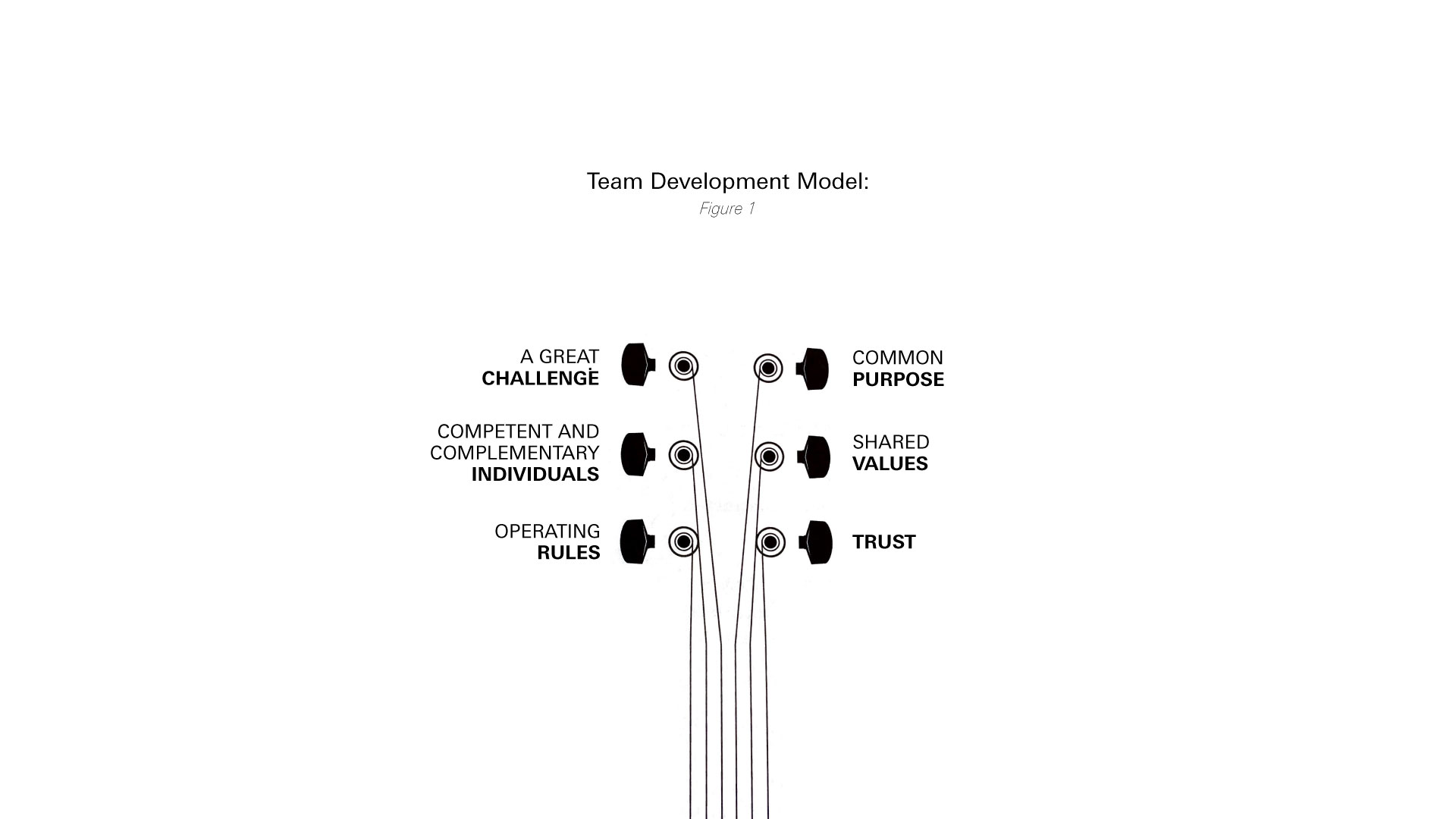


Reading time: 5 minutes.
Publication date: 14/05/2024.
In this era of disruption, corporate success is built on strong values and effective leadership. Taking on a management position for the first time is never easy, and balancing everyday tasks, getting to know people, and adapting to new ways of working is a constant challenge. The way we approach this process will determine the success or failure of our management. In any case, the key always lies in understanding and properly structuring the work team. Nowadays, high-performance teams are crucial for business success due to their ability to foster innovation, productivity, and efficiency. We understand these teams as multidisciplinary and collaborative work groups that, through a culture of innovation, adaptability, and shared leadership, achieve and exceed strategic objectives, driving organizational growth and sustainability.
But what makes some teams achieve high-performance levels? What sets them apart? How are they built?
In his book "Algo+grande," Gonzalo Noya states that high-performing teams can be built and fine-tuned from an existing team, much like tuning a guitar to improve its sound.
Using this metaphor, Noya develops a model for building teams that considers six "pegs" to adjust to form a successful team. The model divides a set of six strings into two groups of three: the right, emotional, and the left, rational (see Fig.1).

In the rational left quadrant, we find three key elements: a great challenge, competent and complementary people, and clear operating rules to drive the team. On the other side, the second group of strings integrates a common purpose, shared values, and trust. Team members must collaborate closely to achieve harmony and success because, although each string can emit sounds individually, it is the tuning and joint coordination that creates beautiful and complex music.
Unity and Purpose: The Key Ingredient of Effective Teams
Research shows that a common purpose is crucial for uniting and motivating members of high-performance teams. By aligning individual efforts and promoting intense commitment, an environment is created where each member not only understands but shares the group's goals. This emotional and professional connection transforms individual challenges into collective successes and facilitates overcoming obstacles and innovation. A shared purpose catalyzes performance and is distinctive in competitive teams. It is essential that each member understands how their skills and responsibilities contribute to the group's success. To cultivate this understanding and foster exceptional performance, it is key to establish clear channels of communication and collaboration, allowing each member to know their colleagues' specializations and how to interact effectively. This mutual understanding is the foundation of high-performance teams, ensuring that every action reinforces the collective mission.
A shared purpose not only unites a team: integrated into the corporate culture, it becomes the foundation of business growth. This is the case with Patagonia, the renowned outdoor clothing brand, which embarked on an ambitious reform of its labor performance management in the summer of 2015, focusing on an intensive collaboration culture centered on its team members. This firm stands out not only for its commitment to sustainability and environmental protection but also for how it instills this value in each of its employees. At Patagonia, the team not only works together for commercial goals; their motivation transcends to a deeper cause: the preservation of our planet. This objective became the core of their corporate identity, transforming every task into an integral part of a global mission, much more significant than merely marketing products.
Leading by Example
When it comes to transforming a company's corporate culture or reconfiguring an organization's internal operations, a crucial question arises: who should lead the change? What challenges does an effective leader face in this process? At the core of high-performance team leadership lies a clear vision and an inspiring direction that not only guides but also motivates members to achieve great goals. An outstanding leader demonstrates empathy and practices active listening, allowing team members to freely express their ideas and concerns.
A leader is essentially a facilitator of their team's continuous development, dedicated to offering learning opportunities, solving problems effectively, and ensuring a collaborative environment. This concept is perfectly embodied in the figure of Satya Nadella, who, since taking over as CEO of Microsoft in 2014, transformed the company by focusing on these aspects. Under his leadership, Microsoft has adopted a leadership approach that effectively delegates responsibilities and promotes a culture of trust in its collaborators' abilities. Nadella leads by example, driving a cultural transformation towards a philosophy of "learn-it-all" instead of "know-it-all," reinforcing the idea that a true leader is a catalyst for progress and collaboration within their organization.
In conclusion, building high-performance teams involves more than just grouping talents; it requires visionary leadership that inspires and guides, fostering a culture of continuous learning and collaboration. This approach not only elevates individual and collective performance but also strengthens the fabric of the organization, creating a lasting legacy of innovation and shared commitment. Sustained success depends on leaders who act as catalysts, encouraging each member to fully contribute to the common purpose.
Recommended Reading:
Algo+Grande. The Power of the TEAM to Achieve the Impossible. Gonzalo Noya.





